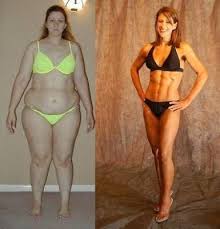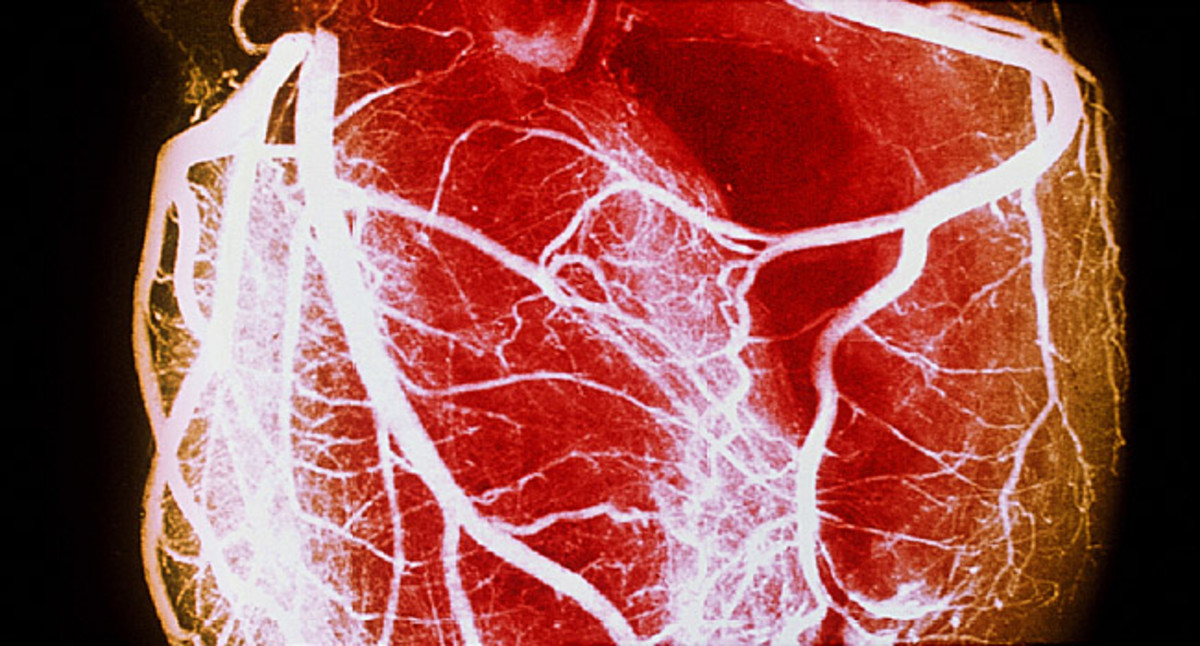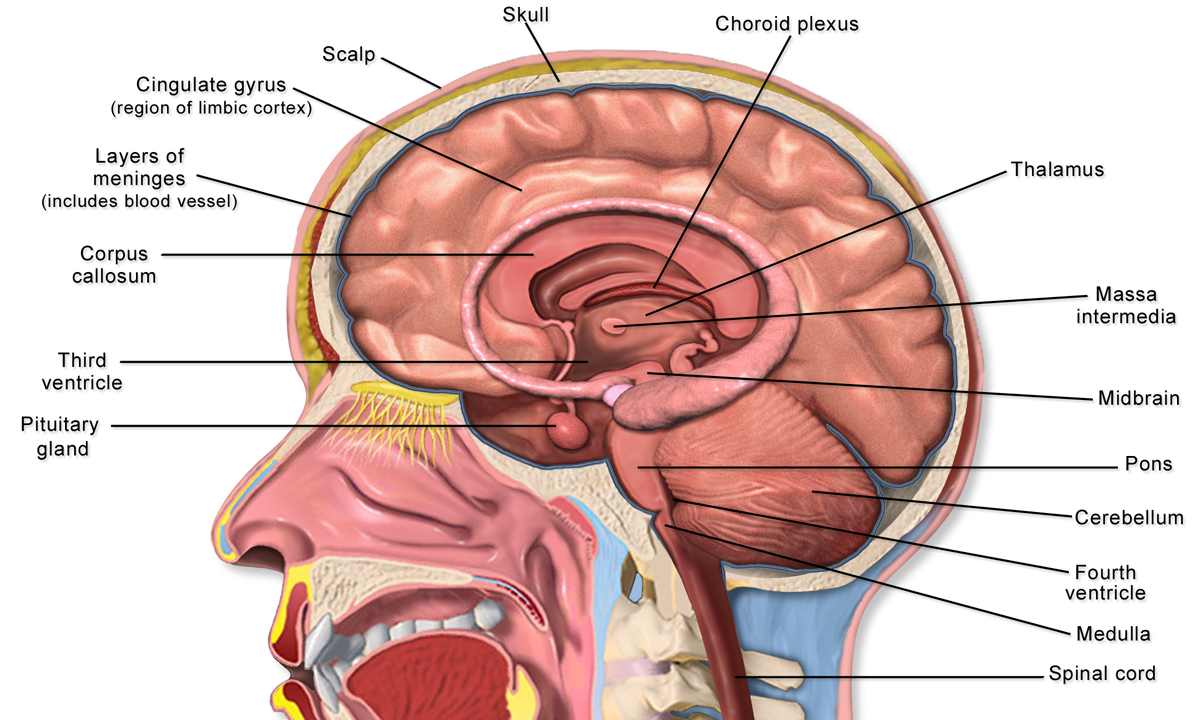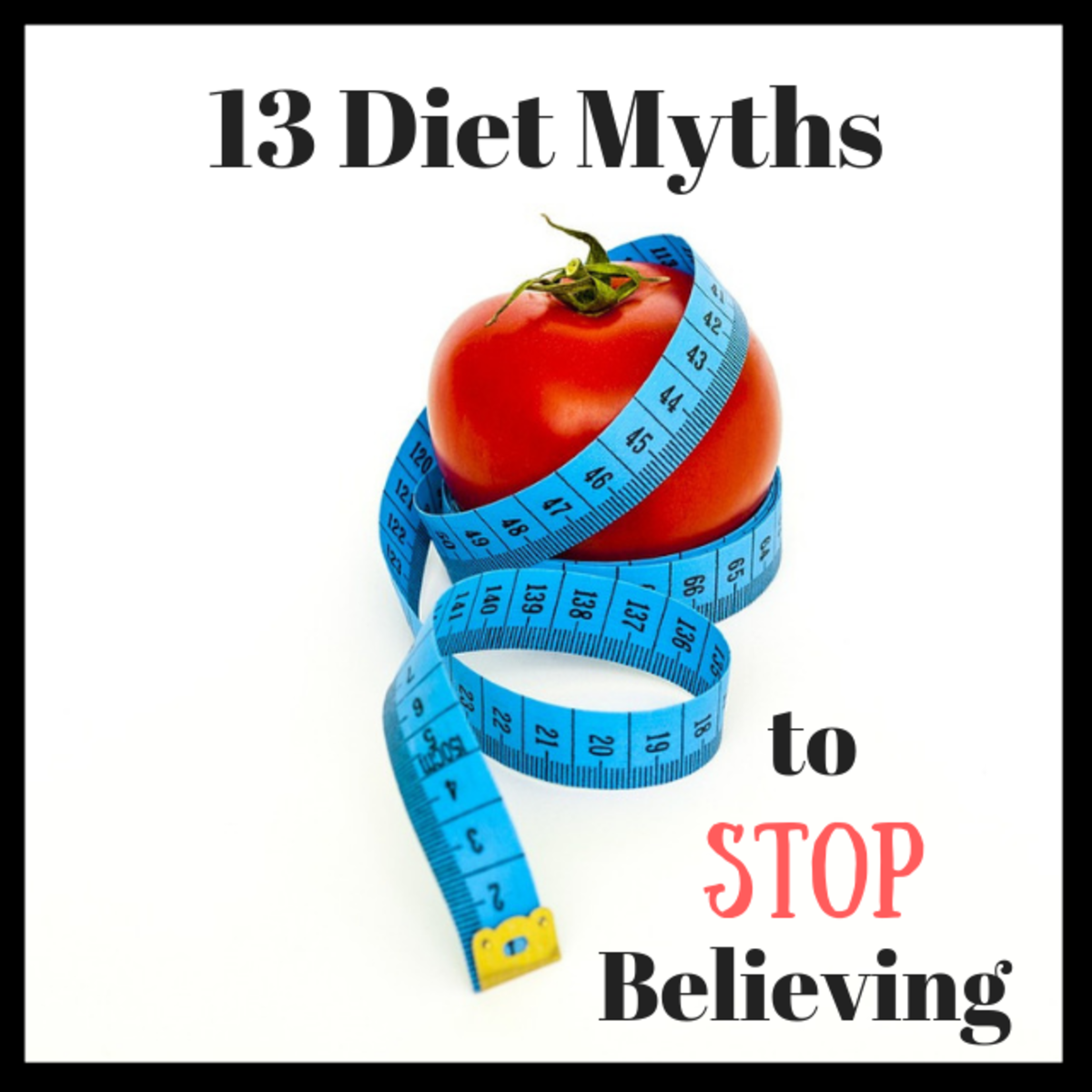The Ketogenic Diet Explained

The Ketogenic Diet
Basically, meal plans on a ketogenic diet include high-fat, low-carb food groups aiming to change your metabolic rate. Mainly, when you body primarily relies on fat rather than carbs to burn energy, you then put your body into a state called ketosis. When you switch your body from carb-burning to fat burning, your body is not going to like it right away. This is particularly true when you have never before gone on a low-carb diet. There is definitely going to be a bit of adjustment. Switching from a regular state to a state of ketosis will force your body burn and run on fat. Many people experience weight loss this way since the body uses up the fat that you consume.
How To Start
How do you begin a ketogenic diet? Retraining your body is going to take some effort. This is particularly truly when the standard diet in America happens to be mainly carbohydrates. Even when you eat blueberries for breakfast, on oatmeal, you will find that the spike in your blood sugar will soon become a crash and by lunch, you will have hunger pangs and crave for sugar once more. On the other hand, when you eat nuts and avocados, you will find that relatively balanced, stable level of energy with no hunger pangs come lunchtime. So many people report that when they are on a ketogenic diet, they sometimes have to remind themselves to eat.
One thing is for sure and that is the fact that on a ketogenic diet, you will be able to go longer between meals. Unlike having to rely throughout the day on a steady intake of carbs, your body can start using up all the trapped fat it has collected all these years. There are over seventy-thousand fat calories in a person of average size. This means that if you can begin training your body to burn fat, you will have tons of energy throughout the day and night. It is not unusual for keto followers to go six hours between meals before they feel any kind of hunger.
The State of Ketosis
How does a person know that his body is in ketosis? You can do this with ketone levels in your urine. There are a few urine testing strips you can buy at the local drugstore. Make sure you understand the difference between ketoacidosis and ketosis. Diabetic patients sometimes get on a life-threatening medical condition called ketoacidosis. This happens in diabetics when the levels of body ketones become too high. A keto diet will not give you ketoacidosis as long as your insulin levels are normal. The reason whey ketoacidosis happens to diabetics is because insulin in their body is not produced enough to communicate to fatty cells to keep the fatty acid. Thus, if you are not diabetic, the ketogenic diet is safe. Of course, it is a good idea to consult with your health care practitioner or your doctor before attempting to go on any diet.
Where to Start
You will need to begin to count carbohydrates on labels if you are on a keto diet. Begin by keeping carbs at 100 grams or less per day. You can then go ahead and push your carb intake down to 50 grams a day. Others are successfully able to keep their carb intake at 20 grams per day. What does counting carbs do? It trains your body to switch to an alternative source of fuel other than carbs, since there is so little carbohydrates. Thus begins your journey into ketosis. There is such a thing as a ketosis flu, as well, where you feel fluish as your body makes the transition. You will know your body got into ketosis successfully when your energy returns back to normal and you are thinking more clearly.
Top killers and obesity such as cancer, Alzheimer's, heart disease and diabetes have one thing in common- they are all rooted in leptin resistance and insulin. To put it another way, the problem underlying is a dysfunction in the metabolic system that is a result of too many net carbs. Processed food sugar and grain happens to be the main culprit. Once you develop leptin and insulin resistance, it triggers cascades of biochemistry that not only make your body keep fat in but also causes damage to the cells and inflammation.
Thus, when you struggle with chronic health issues or weight, the protocol and treatment are the same. The good news is that it helps simplify your approach to good health. You won’t need different methods for every one of your conditions.
You set yourself on a road to better health when you optimize your mitochondrial and metabolic functions. The key is nutritional ketosis, which is what the ketogenic diet is all about.
High-Fat Eating
When you eat moderate protein, low carbs, and high fat, you put your own body in nutritional ketosis. This is a state in which fat is burned by your body and uses it as the main fuel instead of sugar or glucose. Starting with obesity, more and more research is pointing towards ketosis as the answer to list after list of health problems. In fact, more and more studies suggest that a low carb, high fat diet is ideal for most folks. The ketogenic diet and nutritional ketosis are also use as a treatment for seizures in children, particularly for those that have not been responsive to drugs. In conditions of neurology such as Parkinson’s and Alzheimer's, nutritional ketosis also has benefits. There is also great promise shown by the ketogenic diet to the disease of cancer. Benefits also include a drop in craving food, fewer hunger pangs and a boost to your longevity. A dozen genes are related to longevity and ketogenic diets help maximize this.
Benefits of a Ketogenic Diet
There are many benefits to a ketogenic diet. The first month you switch to this diet, you will probably see some changes already. You might even want to get a complete blood test before you start the diet and compare the results after a month.
Lower blood pressure- a diet low in carbohydrates is very effective in blood pressure reduction. If you take medications to lower blood pressure, you might start feeling dizzy when you go on this diet and at the same time take medications. As a matter of fact, you might even talk to your doctor about reducing your medicine for blood pressure later on.
No hunger- fat is very satisfying and your appetite will be dampened by ketone bodies, as they tend to do. At times you will notice that you forgot to eat. This part is amazing for most people, particularly for those struggling with issues of food addiction.
No more sugar cravings, food fixations, and hypoglycemia- you will probably find this to be the most satisfying part to date. It feels very empowering to have complete control over your eating habits.
More energy- it will probably be amazing how much energy you would have. You will feel better with no symptoms of chronic fatigue if you have it. If you are taking a drug that lowers cholesterol, called a statin, this compromises mitochondria in the cells, resulting in muscle pain and fatigue.
Decreased C-Reactive Protein and HbA1c- these are markers of risks of heart disease and inflammation.
Dropped levels of insulin and fasting blood sugar- when you eat less sugar, there will be less driving up insulin and blood sugar levels.
Lower triglycerides- there is a close link between consumption of carbohydrates and levels of triglyceride. This is one of the best-known benefits of this diet. When you eat fewer carbs, your readings for triglycerides will get lower. The ratio of HDL to triglycerides is the best heart attack risk predictor and is one of the blood testing numbers you need to focus on. You are healthier the closer the ratio is to 1 is to 1.
Increased HDL cholesterol- this improves the ratio of LDL to HDL, and since HDL is the good cholesterol, this indicates a healthier heart.
Lower cholesterol- excess glucose in the diet is what makes up cholesterol. When you eat fewer foods that create sugar, you do less arterial system damage and there will be a drop in inflammation. You cholesterol drops when your body has less glucose to make. Thus, there will be less of a need for damage repair for inflammatory chemicals.
Less joint pain and stiffness- when you follow a keto diet plan, this is one of the best side effects. Since grain is completely eliminated from your diet, you will feel less stiff joints and pain. Grain is the biggest cause of pain and chronic illness. As the saying goes, no pain when there’s no grain.
Losing weight- your weight becomes normalized on a keto diet plan. On the other hand, if you have high insulin resistance or very high fasting insulin, you might need to add an intense program of exercise to reap the full weight loss benefits of this diet. Training with high intensity increases your muscle’s sensitivity to insulin. Thus, this helps you lose weight and decreases your fasting insulin.
Improved symptoms of sleep apnea and better sleeping patterns- some believe that there is a relationship between heartburn and sleep apnea and grain consumption. A high carb diet may even cause reactive hypoglycemia. Once you cut out grains, you will be surprised how better you will sleep. Many people that suffer from sleep apnea improve greatly on the keto diet. One of the best benefits of a keto diet is that you will no longer fall asleep at your desk for an afternoon nap each and every time.
Say goodbye to foggy brain- a high carb diet’s foggy brain will simply disappear the moment you are on a keto diet. Some think that since the brain is more than sixty percent fat in weight when you eat fat, the brain works at a better capacity and is able to maintain itself. Others may talk about neurotransmitter functions and essential fatty acids.
Stable mood- ketone bodies stabilize dopamine and serotonin and are beneficial in this way. What this means is that your mood will remain stable the entire year. Yes, believe it.
Better digestion- not only will you go through better digestion, you will also enjoy better gut health. You won’t have gas, bloating or stomach pain any longer. These are all associated with sugar and grain consumption.
No more tooth decay and gum disease- your mouth’s pH changes with sugar and you are more prone to tooth decay. When you are on a ketogenic diet for three months, you will see that your gum disease has disappeared.
Relief from GERD or heartburn- do you suffer from heartburn issues like GERD? These symptoms will disappear or lessen. Some feel that eating sugar as well as foods that are grain-based causes heartburn. Others believe tomatoes and other nightshade vegetables cause heartburn. Heartburn might also be tied to sleep apnea problems, etc. Needless to say, you can say goodbye to all of these once you are well into the second month of your ketogenic diet. See for yourself.
Temporary Unpleasantness
Switching to a keto diet will bring with it unpleasant, temporary effects. However, when you look at all the benefits you will actually get from the keto diet, you will probably realize that all the sacrifice is worth it. More and more studies have revealed that human health is not hampered in any way, shape or form by this diet. Just remember, the keto diet features moderate intake of protein, high natural fat, and low carbs.
You only get into trouble when you combine lots of carbohydrates and lots of fat. Your levels of insulin go up from the sugar in carbohydrates. The high levels of insulin cause eaten fat to be immediately stored. This causes the gained weight that has to do with resisting insulin and begins the problems of health that are related to high carb intake.








